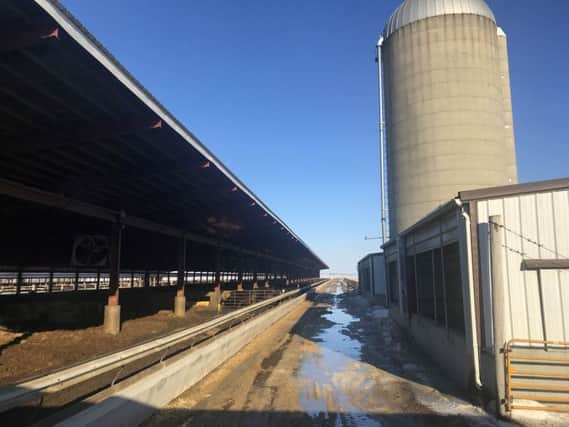Can nutrition increase cattle health and help prevent antibiotic resistance?


I am often asked, what can farmers practically do to help reduce the need to use antibiotics? There are a couple of good tips to help increase cattle health – after all, healthy cattle do not need antibiotics.
1. Biosecurity and medicines. Diseases spread from farm to farm mostly by contact with other cattle, therefore buying from a known clean herd and getting your vet to screen will help to limit the spread of disease. The same holds for farm visitors and making sure they wear clean protective clothing when on your farm. Vaccinations help prevent disease and your vet can give advice on a farm vaccination protocol. In addition, using antibiotics at the correct dose and duration is very important.
Advertisement
Advertisement
2. Good management. Clean building and equipment reduce the risk of disease spreading. For example, calf scour often builds up through the calving season, so a mid-season housing clean and disinfection can help lower the challenge. In addition, stress (such as weaning, castration, dehorning and introduction of new cattle) lowers immune function therefore, separating these procedures so they are not all carried out at the same time, can help lower the impact of stress on immune function.
3. Nutrition. The phrase ‘good animal nutrition is key to animal health’ is frequently used, but possibly misunderstood. If a cattle diet provides sufficient energy, protein, vitamins and minerals, the diet meets the term ‘good nutrition.’ However, there is more to nutritionally maintaining cattle health and the phrase ‘feeding for health’ may be more appropriate.
With that, I am further examining the topic ‘feeding for health’ as part of my Nuffield study tour, sponsored by the Thomas Henry Foundation. The aim is to travel to other countries to examine strategies and products that reduce the need to use antibiotics in cattle resulting in a benefit for farmers as cattle are healthier and are less likely to need antibiotics. This results in high welfare cattle and high quality premium products that processors and customers are looking for.
I have just finished a week in London with the other UK Nuffield scholars speaking about agricultural issues to food industry lecturers, the Agriculture and Horticulture Development Board (AHDB), the National Farmers Union (NFU), McDonalds Restaurants and a member of the House of Lords.
Advertisement
Advertisement
At present, I am at the Nuffield conference in Iowa, USA, with all the other Nuffield scholars from across the world. We have just finished some farm tours, with one to a beef feedlot which is feeding maize and soybean. There are some very interesting contrasts to Northern Ireland and I think that we should be very proud of the high quality of farming carried out here.